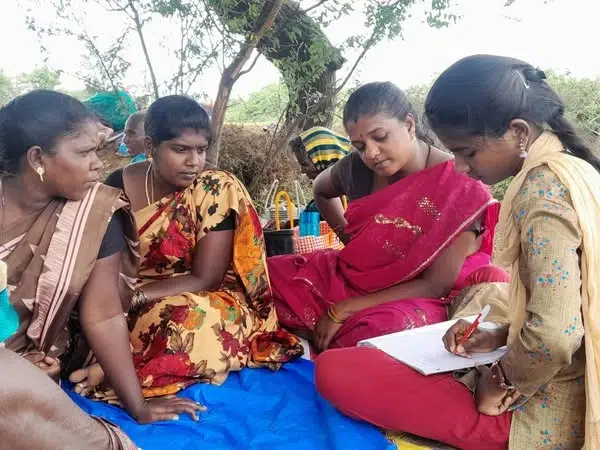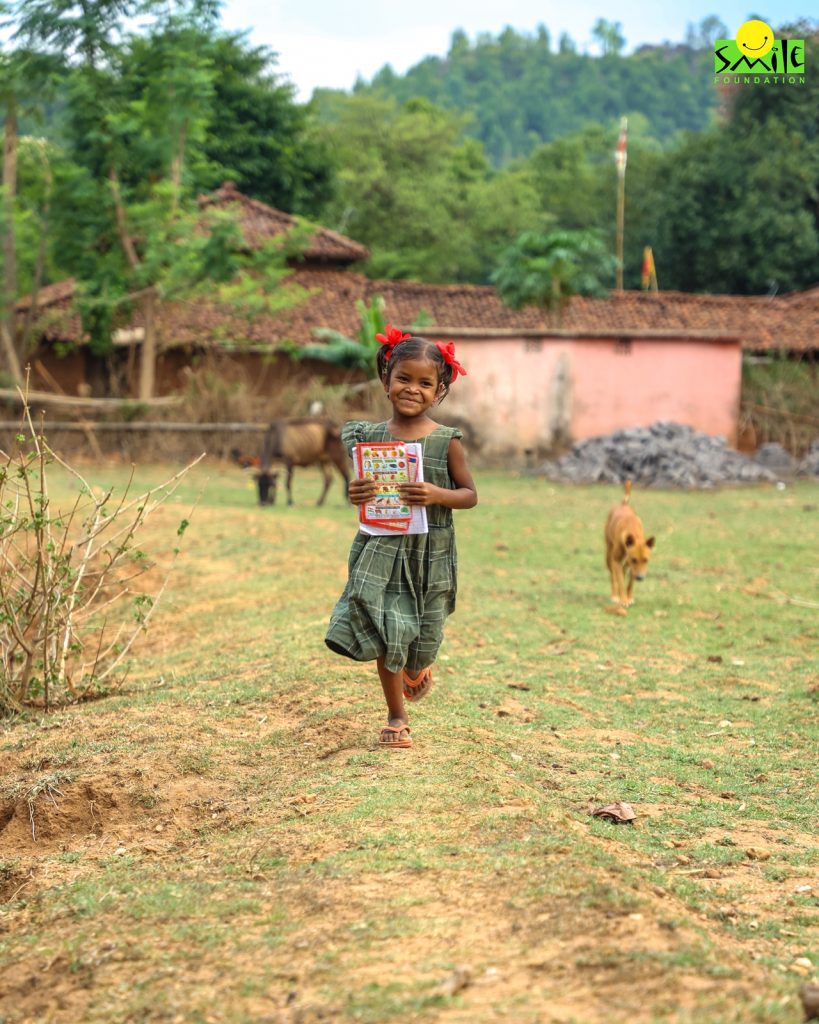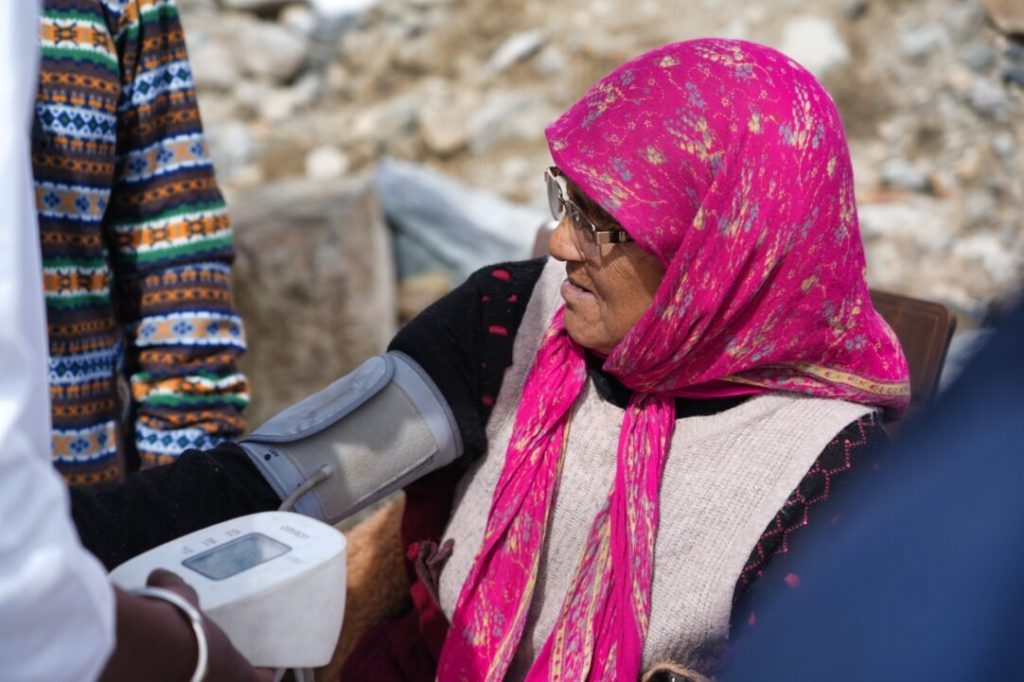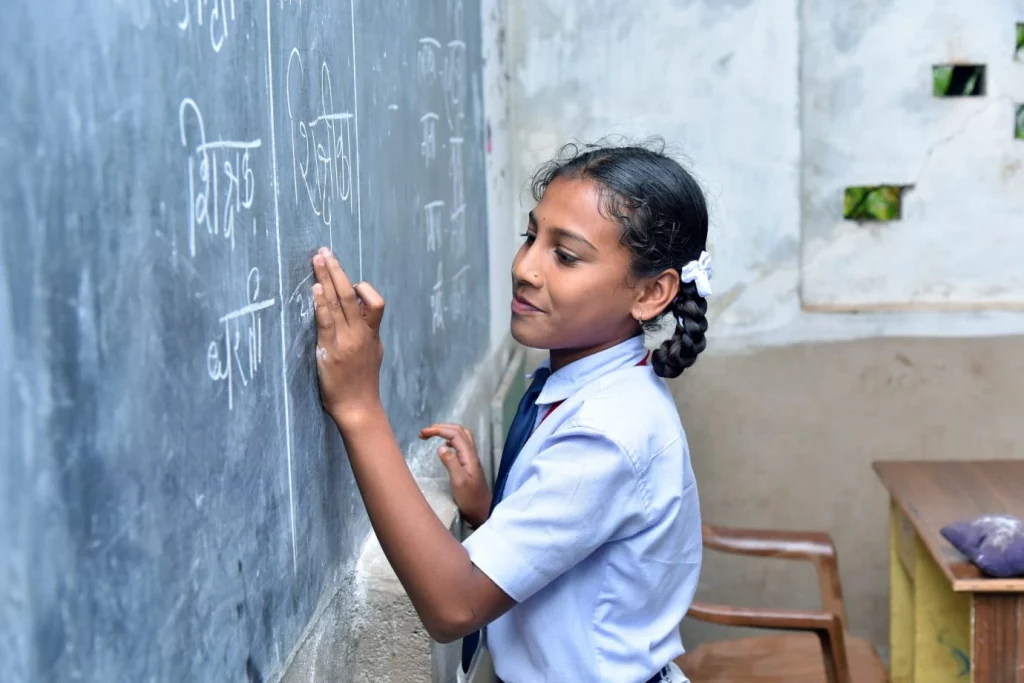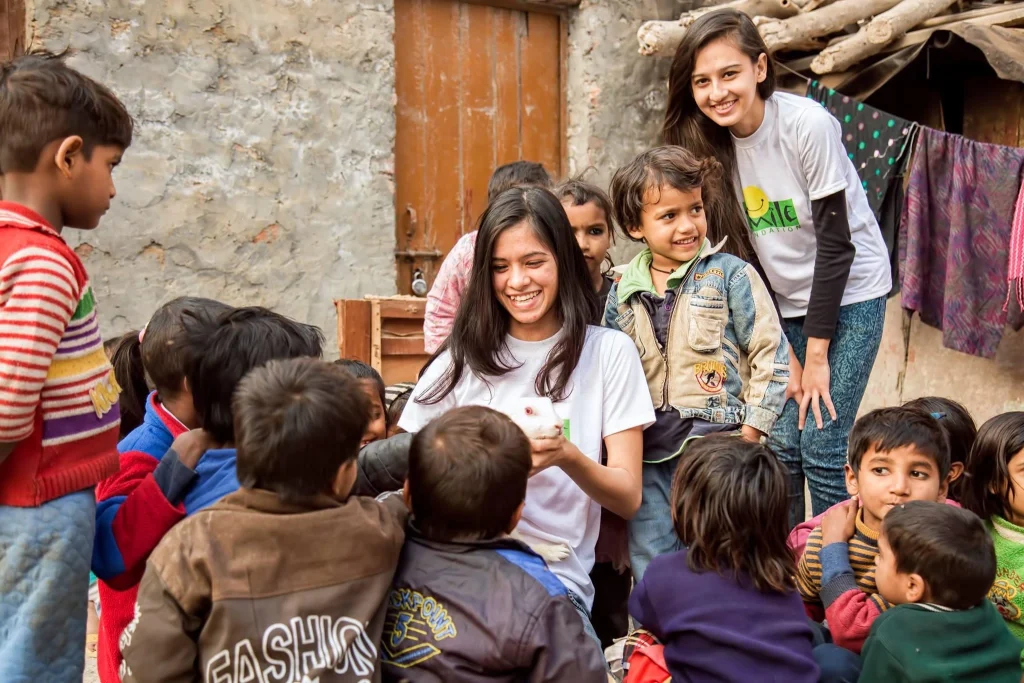One vital segment continues to be overlooked in India’s concrete steps towards becoming developed by 20247: women who are still battling for basic health, dignity, and opportunity. In the relentless pursuit of GDP growth and digital innovation, it is easy to lose sight of the fact that only 37% of women receive healthcare in India, according to a study conducted by the All India Institute of Medical Sciences (AIIMS) and Harvard University.
This is not only a healthcare problem but a societal crisis. When a woman’s health is neglected, it ripples across her life, eroding her ability to work, to lead, and to dream. If India is to achieve its vision of an inclusive, empowered future, closing this gap must be central, not peripheral.
Today, public health strategies globally recognize that health is not an isolated sector but intricately linked to education, gender equity, nutrition, and women’s economic empowerment. India’s aspirations under initiatives like Anaemia Mukt Bharat, Skill India, Poshan Abhiyan, and Digital Health India align with this integrated vision. Yet on the ground, translation into meaningful change remains patchy.
Smile Foundation’s Swabhiman programme steps into this gap — not as a stopgap solution, but as a systemic intervention focused on transforming both the conditions and the consciousness that limit women’s futures.
Health is more than the absence of illness
At the heart of Swabhiman lies a simple but radical idea: that good health for women is foundational to prosperity — personal and national. Bridging health inequities among women aligns with multiple Sustainable Development Goals (SDGs): SDG 3 (Good Health and Wellbeing), SDG 5 (Gender Equality), and SDG 8 (Decent Work and Economic Growth).
In the past year alone, over 76,000 women were sensitized on reproductive and child health through door-to-door visits, community mobilization sessions, street plays, couple counseling, and more. These conversations went far beyond simple health messages; they challenged entrenched myths, sparked discussions on family planning, and encouraged early antenatal care — critical interventions considering that maternal mortality rates still hover at alarming levels in many Indian states.
Moreover, 72,000 women accessed real, tangible healthcare services via health camps and telemedicine centres, receiving not only medical consultations but also medicines, contraceptives, and sanitary napkins — basic necessities that remain out of reach for too many.
Critically, Smile Foundation complements these direct services with Information, Education & Communication (IEC) tools that support broader government initiatives, creating scalable models for public-private partnership in health promotion.
Nutrition as a lever of power
Malnutrition is often treated as a statistic. But behind the numbers are women whose bodies are bearing the hidden costs of economic marginalization. Anaemia, low birth weights, stunted growth — these are not just health issues; they are systemic failings.
Recognizing this, Swabhiman focuses on Sustainable Nutrition-Based Systems, enhancing community knowledge through practical demonstrations, health camps, and behavior change campaigns. Whether it is teaching the importance of Diet Diversity or emphasizing Iron and Calcium Supplementation, the programme is preparing women not just to survive pregnancy and childbirth, but to thrive as healthy mothers, workers, and citizens.
By building local leadership in nutrition, Swabhiman ensures that knowledge stays embedded in communities long after external interventions end.
Empowerment must include economic agency
Health is necessary, but not sufficient. True empowerment requires the ability to generate income, make decisions, and assert autonomy.
In response, Smile Foundation has strategically integrated economic empowerment into Swabhiman’s framework. In the last year, 68 women-led micro-enterprises were initiated. Women received business skills training, financial literacy workshops, and seed capital support to scale their ventures.
In a context where women’s labor force participation has dropped to among the world’s lowest rates — declining from 32% in 2005 to 19% in 2021 (World Bank data) — such interventions are about restoring women’s rightful place as economic actors.
Microenterprises started under Swabhiman span a range of sectors: tailoring units, food processing, beauty parlors, handicrafts, and more — each enterprise a living proof of resilience, ambition, and potential unleashed.
Strengthening the system, not replacing it
Another key strength of Swabhiman is its commitment to system strengthening rather than parallel service delivery. Rather than operating in isolation, the programme builds capacities of frontline workers, upgrades wellness centres, and supports Anganwadi centres — integrating itself into the existing public health and social support ecosystem.
For example, in partnership with government agencies, Smile Foundation developed and shared new IEC materials on Nutrition and Anaemia, directly aiding frontline workers like ASHAs and Anganwadi workers in their vital outreach roles.
This approach is crucial. No NGO, no matter how committed, can substitute for state capacity. By working to enhance it, Swabhiman creates multiplier effects, ensuring sustainability beyond individual programme cycles.
Women’s empowerment is the economy’s empowerment
It is now well-established that empowering women economically could add trillions to global GDP. McKinsey Global Institute estimates that $12 trillion could be added to the world economy if gender gaps were closed.
For India, the stakes are even higher. With an aging population on the horizon and a labor market hungry for skills, women are not just a “moral cause” — they are an economic imperative.
Smile Foundation’s integrated model reaching over 190,000 women across six states is a microcosm of what needs to happen at scale. It offers proof that when health, nutrition, education, and economic opportunity are tackled together, transformation is possible.
But this work cannot be confined to pilot projects and NGO initiatives alone. We need political will, corporate responsibility, and societal shifts to mainstream women’s empowerment.
A story still unfinished
Even as we celebrate these milestones, we must confront the enormous road still ahead.
- 59.1% of adolescent girls in India are anaemic (NFHS-5).
- Rural women access to skilled birth attendance still needs to be increased.
- ̉̌On the current trajectory, by 2050, women globally will still be spending almost 2.5 more hours per day on unpaid care work than men, affecting their ability to participate fully in the economy.
Swabhiman’s work shows what is possible through CSR investments in education, health, infrastructure, and culture change.
If India is serious about becoming a global leader — economically, diplomatically, morally — it must put its women at the center, not at the sidelines, of that journey.
Health is not charity. Empowerment is not optional. They are the engines of real, sustainable, inclusive development.

